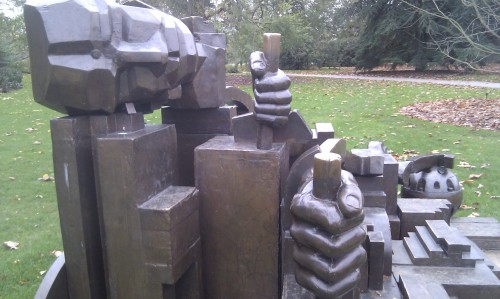
“It’s ridiculous,” said Graeme Swann. “(The match) keeps throwing up the strangest things.”
Swann was commenting at the end of Day 3 of the fourth Test of the 2010 series between England and Pakistan.
After interruptions for rain on the first day of the match, England began the second day on 39 for 1. At drinks they were 69 for 5 in bowler friendly conditions that had reminded Third Man of Massey’s Test at the same ground in 1972.
The last three England batsmen had all made ducks and had fallen to Mohammad Amir – the new Massey. Two further wickets fell after lunch taking England’s score to 102 for 7 when Stuart Broad joined Jonathan Trott. England, from this perilous position, went on romantically to win by an innings and 225 runs.
The match has become famous for allegations of spot fixing. Unbeknown to the Pakistan players, that day, The News of The World were about to be given proof by Amir himself, via a ‘middleman’ that, for a price, they could be fed tips about the outcomes of parts of Pakistan v England matches.
As this blog reported on the 29th August 2010, three no-balls were ordered up for the News of the World’s sting team, designed to convince this potential client/punter that lucrative outcomes could be and ALREADY WERE being delivered to subscribers to the middleman’s services.
A no-ball duly ‘delivered’ by Amir was photographed. It revealed the bowler over ‘stepping’ by at least 12 inches and, tellingly, the captain, fielding at mid-off, watching anxiously, not at the batsman on strike as you might imagine, but at the bowler’s front foot.
Scotland Yard arrested the middleman and the ICC banned three players, Salman Butt, the captain, Mohammad Amir and another bowler Mohammad Asif also implicated in the delivery of no-balls for the News of the World. The bans were for between 5 and 10 years – not life. All three were later convicted of criminal charges ‘related to spot fixing’ and given prison sentences.
Attention has always focused on the no-balls and ‘spot fixing’ – but the many other ‘strange things’, unwittingly alluded to by Swann, point towards the probability of many hugely profitable spread betting opportunities, contrived during this match for other potential clients.
At the time,Third Man wrote, “at around noon on Friday (TM) thought England would be out for under a hundred, the conditions were so conducive to the undoubted talents of Amir and Asif. Even then the disparity between the wickets taken by Amir and Asif seemed extraordinary.
“But he was also increasingly surprised to see Butt take the foot off the England throat. He could not believe some of the bowling changes and field placings. Why no sustained attack? Why no third slip? Why use your two strike bowlers so sparingly with the new ball? Why take off Amir just as Broad reached 99. Why use a part time leg spinner? Now, one even has to speculate on the missed chances (two slip chances in an over) and juvenile miss-fields.”
Amir will probably be playing for Pakistan again at Lord’s later this week. Opinion is divided as to whether convicted cheats should be allowed ever to play again. It is good to see a number of experienced former cricketers of the highest class saying they should not.
If you were not watching at the time, it might be easy to dismiss a couple of no-balls and wonder if the punishment was appropriate to the crime and that Amir for example should be given a second chance. Warning: personal naivety should not lead one to the projection of a similar naivety onto others.
This was an appalling, calculated and systematic fraud that blights cricket to this day – it robs those who watch cricket and pay to watch it of the certainty that what is going on is sport, is legitimate competition.
Letting cheats earn a living again from the game they have damaged sends the wrong signal to every future player approached by a fraudster.
August 2010 was the worst of times. And it happened before our very eyes, the sensations that they discerned crowded out by sport’s inconstant friends, romance and idealism.
- Image Above : Eduardo Paolozzi’s sculpture, “A Maximis Ad Minima” Kew Gardens.


